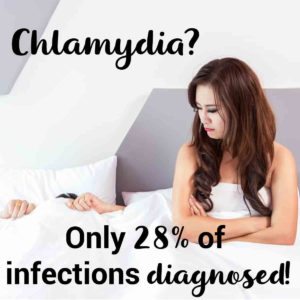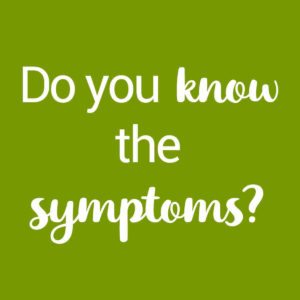STIs are still that taboo topic that people don’t want to talk about, but the fact of the matter is STIs can and do happen to people from all walks of life and we need to talk about them more often because the lack of conversation helps support the stigma, the stigma that prevents a lot of people from getting tested. So let’s have the awkward conversation, here is what you need to know about some of the most common STIs.
Let’s start with the most common STI in Australia. 
When it comes to what to look out for, Chlamydia can be very tricky, because roughly 50% of the time it presents no symptoms, which is why being proactive about getting tested is so important.
Chlamydia can be contracted from vaginal, oral and anal sex.
The good news is a simple urine test and/or swabs of the throat or anus easily and painlessly detect Chlamydia. It’s also easily and painlessly treated with one dose of antibiotics.
Here’s the catch though, whilst it’s easily treated the consequences when it is left untreated can be very serious. In women untreated Chlamydia can result in Pelvic Inflammatory Disease (PID), which can be very unpleasant but can also have serious consequences including infertility. In fact, even one episode of PID increases the risk of ectopic pregnancy sevenfold. Gentlemen untreated Chlamydia can also result in infertility for you.
Let’s move onto the second most common STI in Australia, Gonorrhoea. Apart from taking out the top two spots as Australia’s most common STIs Gonorrhoea and Chlamydia have a few more things in common. The symptoms of Gonorrhoea can also be absent for months or not present at all, it’s also passed on via vaginal, oral and anal sex and it’s tested for via a urine test and/or swabs.
Ladies, Gonorrhoea if left untreated can also result in PID and potentially infertility. Gentlemen, your rates of Gonorrhoea in particular are on the rise so pay attention! Untreated Gonorrhoea can result in an unpleasant (at best) condition called epididymitis in the tubes attached to the testicles and you guessed it, potentially infertility.
Gonorrhoea is also easily treated with antibiotics, but in addition to an oral course you will need to receive one injection from your GP.
It’s important to mention that whilst Gonorrhoea and Chlamydia can be asymptomatic there are a few things you can and should keep an eye out for. Ladies any of the following could be a sign you need to get tested for Chlamydia and/or Gonorrhoea, pelvic pain, unusual vaginal bleeding or discharge and pain when urinating or during intercourse. Gentlemen, any unusual discharge from your penis or anus or pain when urinating are signs you should get yourself checked out.
At some point you’ve most likely seen Syphilis in a movie or read about a famous person who died from it before the cure, Penicillin, was invented in the 1940s.
Unfortunately, Syphilis is still a problem today, the Kirby Institute’s 2016 Annual Surveillance Report showed that the rate of infectious syphilis diagnoses overall between 2006 and 2015 increased by a massive 266% in people ticking the age box 25-29, 223% in those of you slotting into the 20-24 age bracket and 171% for those of you ticking 30-39.
So what are the symptoms to watch out for? Syphilis develops in stages. The first two stages, which involve sores and a rash, will resolve themselves and can go unnoticed, but the infection will still be present and will continue to develop. If left untreated Syphilis can become an extremely serious condition that can affect the heart, brain, spinal cord and nerves potentially causing paralysis, blindness, dementia, deafness and as the history books should have taught you it can even result in death.
Testing for Syphilis today is done via a simple blood test and it is still treated with Penicillin. Usually it’s a series of injections done once a week for three weeks. If you are allergic to Penicillin then don’t panic, effective alternatives are available.
So there you have it, the low down on three of Australia’s most common STI’s. Stay tuned for part two when we cover the three H’s, Herpes, HPV and HIV.
If you’ve just finished reading this article and feel a little concerned or think you might have been a bit lapse with your testing and should probably get one then we can assist you with doing just that at Stigma Health minus the awkward face-face consultation.
This article was provided by stigma health, click to view their profile. If you need further assistance and treatment after your test, speak with your GP – you can find a local GP by using doctors.com.au.


